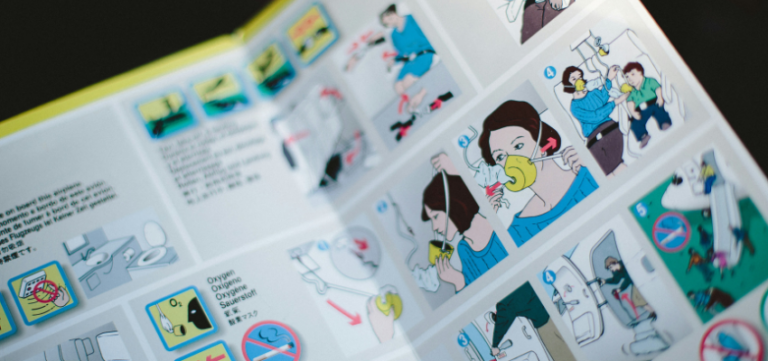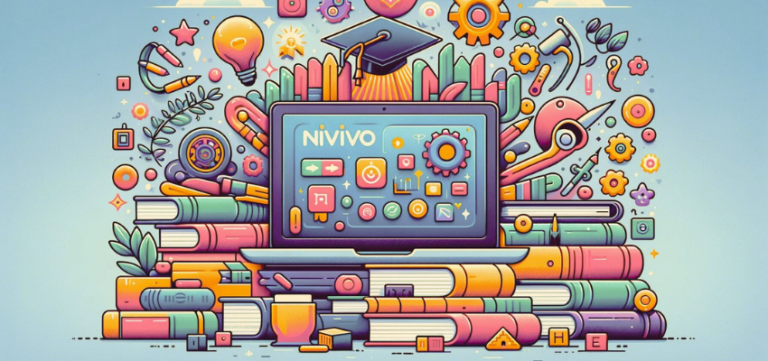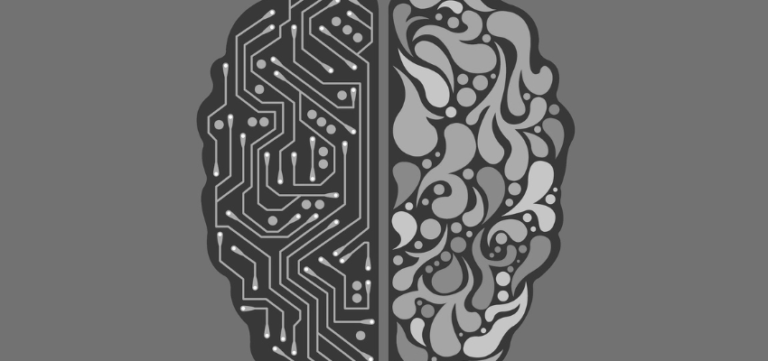Dungeon Master GPT: Using ChatGPT to augment my creative world-building (a series)
In the ‘Dungeon Master GPT’ series, I share how ChatGPT revolutionized my creative world-building. Once skeletal, my creations now flourish with rich lore, politics, and character. This AI tool not only accelerates the process but also deepens my craft, transforming ideas into vibrant, immersive worlds.









